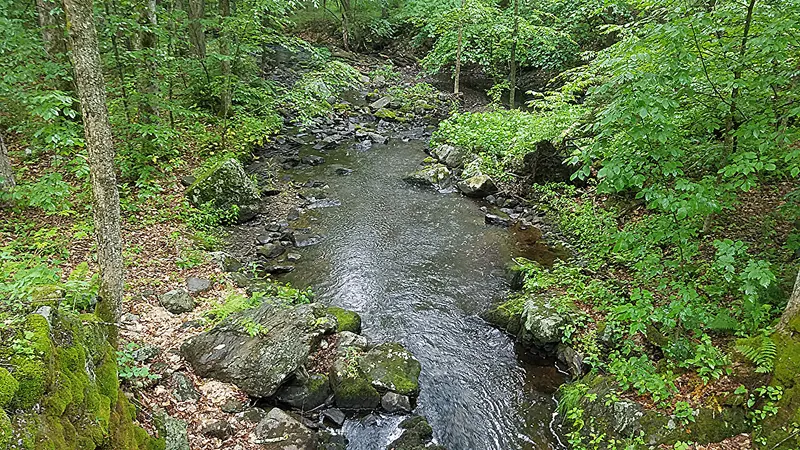
Groundwater: The Hidden Culprit Behind Rising Greenhouse Gas Emissions!
2025-03-31
Author: Rajesh
Groundwater's Role in Greenhouse Gas Emissions
Scientists have long been aware of the significant role that rivers and streams play in contributing greenhouse gases to the atmosphere. A critical hidden factor in this process is groundwater — the water that seeps through soil and rocks, transporting carbon and nitrogen as it flows toward rivers. However, recent research reveals a startling twist: groundwater can emit greenhouse gases directly into the atmosphere without ever mixing with surface waters.
Research Findings on Groundwater Discharge
During low-flow conditions, groundwater can seep out of stream banks, escaping into the open air and releasing greenhouse gases before they ever reach the river surface. This straightforward yet often overlooked pathway has significant implications for our understanding of river corridor emissions.
A pioneering study led by researcher Alaina Bisson and her team aimed to quantify the greenhouse gas emissions released directly from groundwater discharge. The researchers focused on the Farmington River watershed, spanning Connecticut and Massachusetts. Their findings, published in the Journal of Geophysical Research: Biogeosciences, underscore the need to reassess how we account for greenhouse gas emissions from these vital water systems.
Methodology of the Study
Utilizing advanced thermal infrared cameras, the research team identified areas along the banks of three rivers where groundwater was exposed. They measured emissions of greenhouse gases, including carbon dioxide (CO2), nitrous oxide (N2O), and methane, alongside groundwater discharge rates. By analyzing groundwater samples for organic carbon, oxygen, and nitrogen concentrations, they unveiled some surprising results.
Key Discoveries
At one specific site, CO2 concentrations in groundwater discharge were found to be an astonishing 1.4 to 19.2 times greater than those measured in surface water. Similarly, N2O concentrations in the groundwater were 1.1 to 40.6 times higher than those in adjacent streams. The researchers further discovered that groundwater emissions of CO2 and N2O were disproportionately elevated—1.5 and 1.6 times higher than emissions from surface waters, respectively. Alarmingly, their average findings indicated that approximately 21% of emissions from these groundwater seeps were released into the atmosphere before ever interacting with surface waters.
Importance of the Findings
This groundbreaking study highlights the significant, and often unrecognized, impact of groundwater discharge on greenhouse gas emissions along river corridors. The authors stress the necessity for future research to explore these emissions further, particularly in regions where groundwater discharge is prominent.
As the world grapples with climate change, understanding every potential source of greenhouse gases — including hidden pathways like groundwater discharge — is crucial for combating global warming effectively. This research paves the way for more targeted strategies to mitigate emissions and protect our environment. Stay tuned for further developments as scientists delve deeper into this critical issue!




 Brasil (PT)
Brasil (PT)
 Canada (EN)
Canada (EN)
 Chile (ES)
Chile (ES)
 Česko (CS)
Česko (CS)
 대한민국 (KO)
대한민국 (KO)
 España (ES)
España (ES)
 France (FR)
France (FR)
 Hong Kong (EN)
Hong Kong (EN)
 Italia (IT)
Italia (IT)
 日本 (JA)
日本 (JA)
 Magyarország (HU)
Magyarország (HU)
 Norge (NO)
Norge (NO)
 Polska (PL)
Polska (PL)
 Schweiz (DE)
Schweiz (DE)
 Singapore (EN)
Singapore (EN)
 Sverige (SV)
Sverige (SV)
 Suomi (FI)
Suomi (FI)
 Türkiye (TR)
Türkiye (TR)
 الإمارات العربية المتحدة (AR)
الإمارات العربية المتحدة (AR)